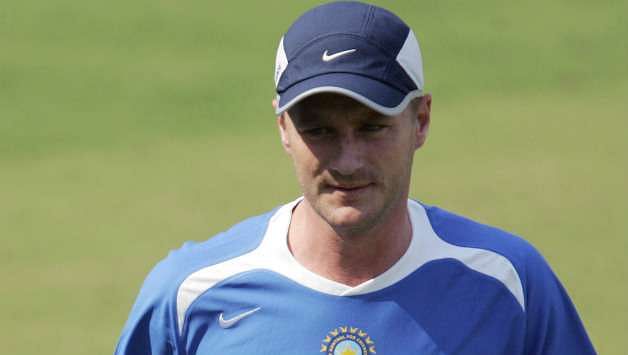
Interview with John Gloster: "Fitness is a game-changer and Virat Kohli has set the benchmark high"
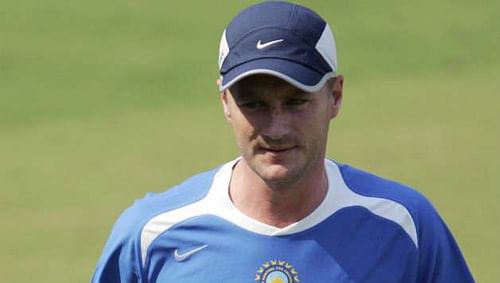
John Gloster is a well known Australian physiotherapist within the cricket realm. His career kick started with the Surrey County Cricket Club where he stayed for three years. He was then appointed the physiotherapist of the Bangladesh cricket team, and worked with them for four years before moving to India.
John served as the Indian cricket team's physiotherapist till the 2007/2008 tour of Australia. He worked for the Rajasthan Royals in the Indian Premier League since the inception of the team in 2008 and also undertook numerous private ventures in India.
Apart from that, Gloster is often seen on various TV shows in India where he gives his expert comments on sports, health, lifestyle and injury related issues both in the sporting as well as the general context.
Currently, he is appointed as the Chief Quality Officer with KOOH Sports.
Sportskeeda caught up with Gloster recently. Here are a few excerpts from the interview:
As the Chief Quality Officer with KOOH, what are you focused on achieving?
The key with KOOH is that it’s a sports education platform for schools. Focusing on children between the ages of 3 to 18 in India we are looking basically to develop 5 sports in the after-school space namely cricket, football, swimming, basketball, and tennis.
We offer age appropriate and age progressive in-school physical education programs because this is where we need to effect change for children. The largest cohort of kids are in the schools for 8 hours a day so this is the best environment to improve their health and fitness as well as arm them with physical tools to keep them healthy for life.
In India, we work with about 200 schools in 50 cities. We also have 2 sports properties in UAE Dubai where again we are giving a platform to students to showcase their talents in sports activities as well as improve the technical capabilities of our coaches in other sports.
Primarily, we are trying to create change in the sports education space to improve the health and sports outcomes for children in India.
You've been dealing with kids of various age groups. How difficult is it to convince technology-addicted millennials to play sports?
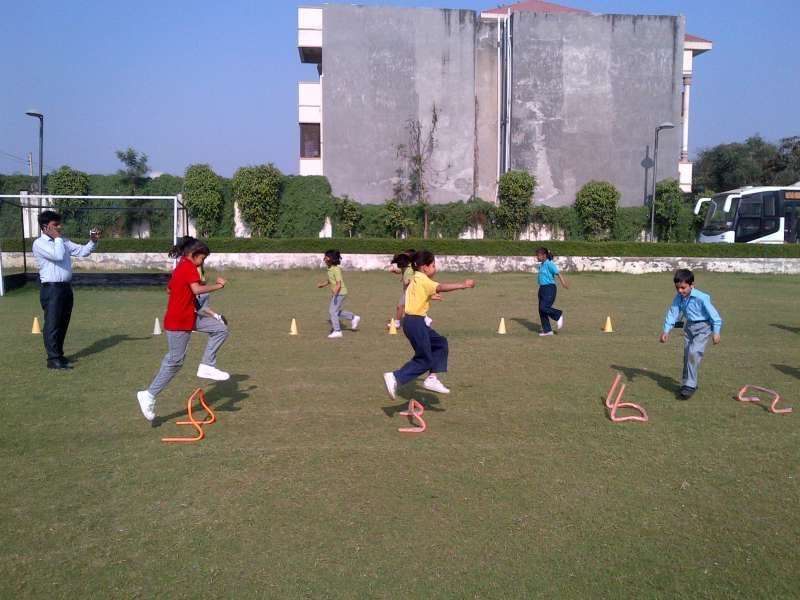
We know that it’s a technological world and gadgets are available everywhere so we have to accept that and find a way to incorporate tech to get our physical message across to children and parents and schools.
Let's use tech platforms to facilitate our programs and app-based games that have physical elements to them. What we need to reestablish is the balance between tech time and physical time as at the moment this balance is far skewed towards tech time.
Do you think there has been a change in the priorities of Indian parents when it comes to encouraging them to take up sport as a career? Or are we still struggling to look beyond academics?
Firstly we have to educate the parents and the schools that in order to get better academic results their child must remain active. There are numerous large-cohort longitudinal studies that prove the link between the physically active child and improved cognitive performance (and hence academic output).
It is my job to ensure that this message is conveyed to the community at large. With the marked increase of professional leagues and the money in sports these days there is an opportunity for children to pursue sports as a career, however, more exciting prospects lie in the opportunity to be employed in the sports support services created by the increase of sports leagues in this country (sports management, logistics, coaching etc).
The new and growing sports ecosystem in India has to be serviced thus creating significant job opportunities.
Do you think technology has decreased the risk of injuries among players?
Technology has allowed us to understand the mechanisms of injury more and therefore intervene earlier with preventative strategies, especially with young fast bowlers and their workloads. The further advancement of GPS tracking technology has also allowed us to monitor our players during play and then extrapolate those findings to the training arena.
This has, therefore, made us much smarter at training and preparation of the modern day athlete. Improvements in techniques through tracking technologies, biomechanical analysis, slow-motion captures and force plate utilisation have been most useful but has it directly impacted the injury stats of the modern cricketer? I’m not so sure.
Yes, we now have fitter, more durable and technically aware athletes but I do think we need to go back to the basics of load monitoring for improved injury stats of cricketers. What is important, however, is that we are now looking at how other sports like football, Australian Rules football etc use technology and how we can learn from this to help our cricketers.
What made you quit being the physio of the Indian cricket team?
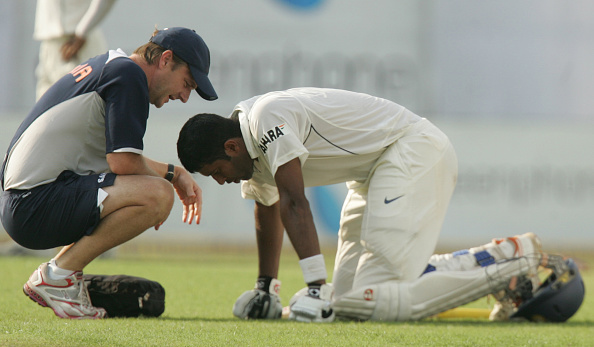
I got married just after I left the Indian cricket team and for the whole year prior to marriage, I saw my fiancée for only 6 weeks. You know if you have a family or you are married, it is a very very difficult career to choose without distraction and I think that was the primary reason because it would mean too much time away from family.
You have to understand that the best physios in this field are probably from the 30 to 40 age bracket, given the experience they need to have to be at that level. Most of us are either married or have families or are in long term relationship. Therefore, the time demands are extremely high on these individuals.
Fortunately for me, after leaving the team, the first season of the IPL was about to get underway so I had the perfect opportunity to keep involved at the highest level with cricket amongst the best players in the world but for a shorter time commitment. A perfect solution.
This has allowed me to devote my attention to opportunities like further education, mentoring, and driving the correct messages of health, fitness and physical literacy as much as possible to the wider community but using my cricket profile and platform as the vehicle.
Ideally, for the modern game, a 2 physio program would be a better fit – one for the ODI format and one for Test cricket, thus allowing the physios to remain refreshed and on top of their game.
It is a very tough job but it was really a tough decision for me to leave at that time because India was also moving into a really exciting year with Gary Kristen coming on board when I left and he was really very keen for us to stay together. However, the tour calendar coming up for the next 18 months to 2 years was extremely packed.
What is it that you miss the most about not being with Team India anymore?
I do miss my time with the players. When you are with them literally 24 hours a day and 365 days a year you become connected on a number of levels so it's hard to just walk away from that.
You live and work with those guys. You do get attached to the players and the other support and managerial staff. You share their successes and you share their failures so you know you form a very intimate relationship at all levels with the players.
Yes, I do miss the team environment and the consistency of having players around you on whom you can have a positive influence. But, like I said, it was fortunate for me that the IPL was around to fill that gap.
Who would you say was the fittest Indian cricketer during your time as the team physiotherapist? And who was the least fit?
When you look at fitness, we all know that not everybody is born a natural athlete so we have to look at who is naturally fit and who isn't. There were some players in my era who weren't natural athletes but one doesn’t judge a player on this, they are judged on their work ethic in an effort to improve their fitness.
You could never say that an Anil Kumble or Laxman was born a natural athlete but the effort that they put in to maintain and improve their fitness is the basis on which they are measured. If effort is a criterion to measure fitness then most of these players were the best. We can say that Kaif and Dhoni were natural athletes then we come to Suresh Raina, Yuvraj Singh and Co. who are exciting athletes.
On a separate note, I would say in a game like cricket, any fast bowler who can bowl 20 overs in a day in a Test match – regardless of whether they look or behave like a natural athlete – is a natural athlete. Everybody is not naturally fit but it is their hard work which makes them and keeps them fit.
Are there any memorable anecdotes that you remember while dealing with greats like Sachin Tendulkar, Sourav Ganguly and Rahul Dravid?
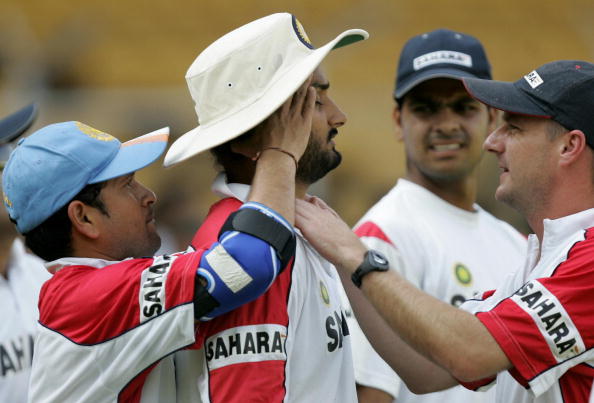
Look, it was a long time ago, but still, it's more about what you have learned from them and how you then put what you have learnt from them into your day to day life and practice. What these guys teach you is about other aspects of life, especially in India where it is often very difficult to be a cricketer.
Things like discipline, how you handle the media, the expectation from the general public are lessons they have indirectly taught me about life. These lessons of life are what guys like Dravid have given me. Every dressing room has stories and with those stories, you tend to learn a lot of things.
Guys like Viru and Sachin had a great sense of humour and the North Indian guys like Yuvi, Nehra, Harbhajan, these guys were always laughing and having fun with the others. All these guys have different types of personalities in the dressing room and I was very fortunate to see all that and learn from it.
Did any of the Indian cricketers have any specific fitness regimes that they were particular about?
Again it's very much an individual routine these days. We have to look at everybody in the team as an individual and set fitness programs accordingly. Everybody follows his own routine. Dhoni was very particular about his routines but he knew what he had to do and what his limits were.
The young players have come in and taken the fitness mantra to heart and have therefore reset the bar of fitness expectation to new levels. These young players have motivated the senior guys and we see much higher efforts from the seniors now.
Raina, Rahane, Kohli, they always motivated the other guys in the team.
Some players, especially the fast bowlers like Nehra and Zaheer were very particular about their warm-ups and preparations and also their recovery routines.
Did you look after the diet of the cricketers too, or just their physical training? How difficult was it to keep the cricketers away from unhealthy food, considering the fact that Indian food, in general, is very calorie-rich and fattening?
Diet will always be an issue with players. It was mine and the fitness trainers’ responsibility to set diets for the players to help them keep fitter for longer, to control weight and to aid in performance and recovery. It is our responsibility also to be aware of the fact that the players’ long-term health is also our responsibility and diet plays a very big role in long-term health outcomes.
There is a very large cultural connect to food in India and breaking these moulds was very difficult, but if you can show the players the benefits of making these changes to their diets (performance gains, weight loss, better recovery and fewer injuries) then they are more willing to change.
Once a couple of the players ‘buy into’ the changes and the results are there to be seen for the rest of the players, most of them want to change too.
Would you say teams like South Africa and Australia played a bigger role than other teams in increasing the emphasis on fitness in cricket?
See, Indian players are technically very good in all sports, not only cricket, but also hockey and others, but the area where they have been inconsistent in the past is in fitness. When you are not fit you are inconsistent in your performance too. But they identified this as an area of weakness and have made great advances in this area.
We are seeing that the fitness issue is now nearly solved for the Indian side. In the past, the teams like South Africa and Australia have had the edge physically but not technically. They realised that if they could improve the physical aspect then they would be a more complete side. This they have done and the results over the last few years tell the story.
Fitness is a game changer. The IPL did a lot for Indian cricketers as suddenly, they were playing with these players from other countries on the same side with improved fitness disciplines and this definitely rubbed off on them.
Among the current players, who do you think is the fittest?
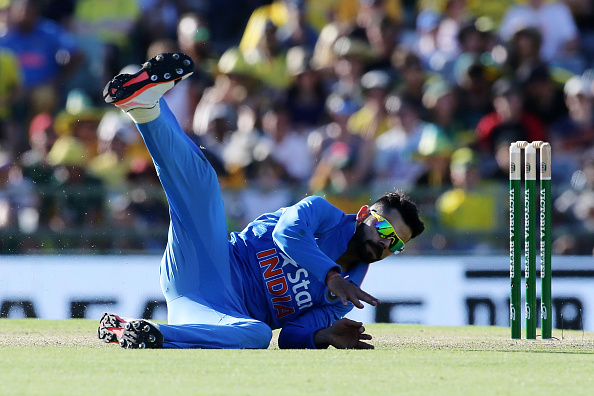
The fittest player according to me in the Indian side would be Virat Kohli. Not only has he made an impact on the Indian cricket side but also on the world and what he has done in the area of fitness is to be applauded.
He has set the benchmark high which has motivated not only players but people from all walks of life. Because of the star he is now, I think his biggest achievement has been his ability to become a role model for the current generation.
He made changes to his training and diet and that required discipline but the results are there for all to see.
Do you think you will ever go back to being a full-time physiotherapist?
It’s a very very demanding role to be a full-time physio within the team environment. I am happy with what I am doing right now especially in respect to what I am doing with the children of this country.
I think sports is the platform for me to get this agenda across. If you want to improve the sporting outcome of this country we really need to focus on the grass roots and the broad base where these kids are and effect large-scale change.
I would still love to stay involved with cricket through some of the T20 formats around the globe but also have the opportunity to work with such a game-changing organisation like KOOH Sports to help transform the health and fitness and ultimately, the sports outcome of children in India.